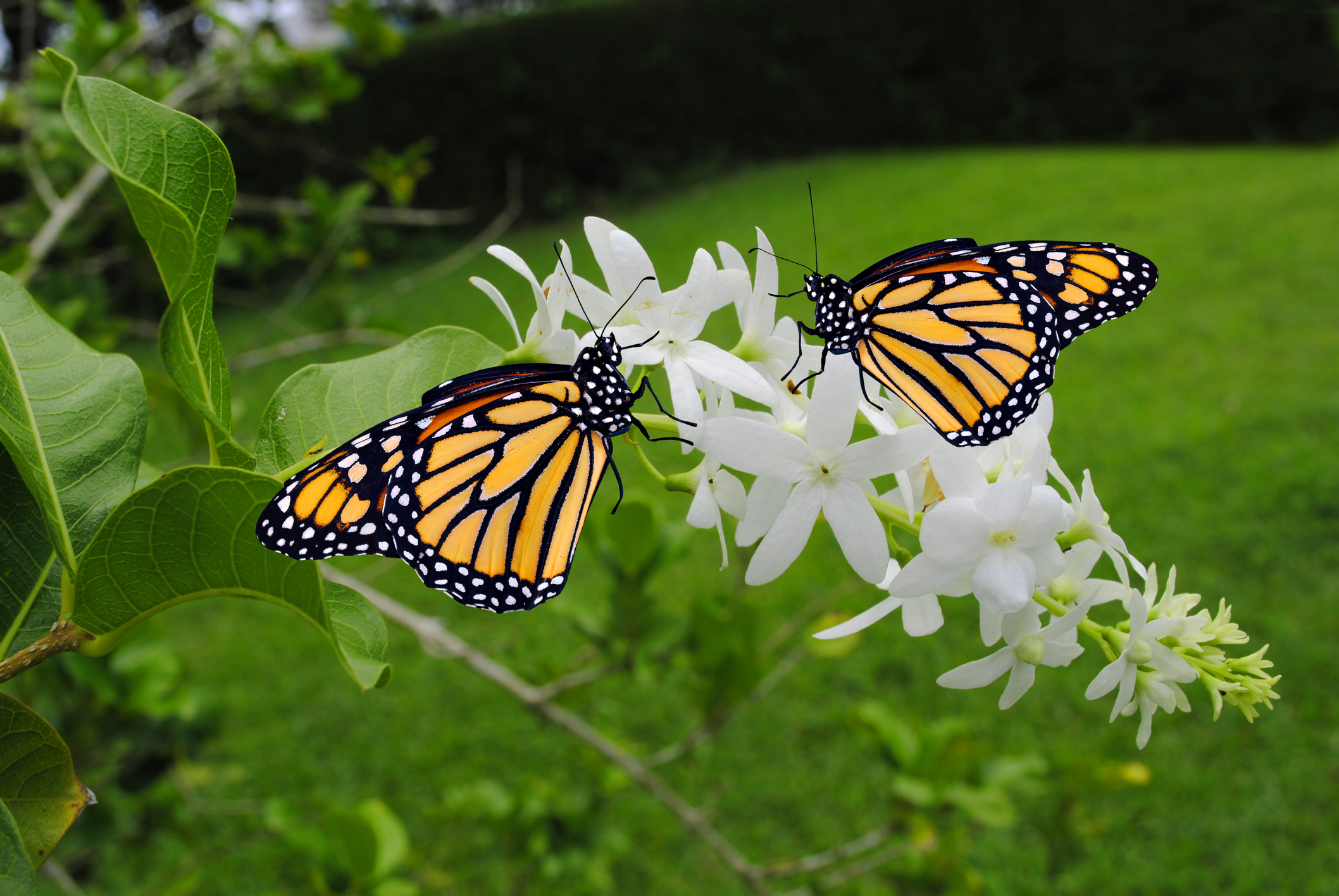Attracting Wildlife to the Garden
go.ncsu.edu/readext?690821
en Español / em Português
El inglés es el idioma de control de esta página. En la medida en que haya algún conflicto entre la traducción al inglés y la traducción, el inglés prevalece.
Al hacer clic en el enlace de traducción se activa un servicio de traducción gratuito para convertir la página al español. Al igual que con cualquier traducción por Internet, la conversión no es sensible al contexto y puede que no traduzca el texto en su significado original. NC State Extension no garantiza la exactitud del texto traducido. Por favor, tenga en cuenta que algunas aplicaciones y/o servicios pueden no funcionar como se espera cuando se traducen.
Português
Inglês é o idioma de controle desta página. Na medida que haja algum conflito entre o texto original em Inglês e a tradução, o Inglês prevalece.
Ao clicar no link de tradução, um serviço gratuito de tradução será ativado para converter a página para o Português. Como em qualquer tradução pela internet, a conversão não é sensivel ao contexto e pode não ocorrer a tradução para o significado orginal. O serviço de Extensão da Carolina do Norte (NC State Extension) não garante a exatidão do texto traduzido. Por favor, observe que algumas funções ou serviços podem não funcionar como esperado após a tradução.
English
English is the controlling language of this page. To the extent there is any conflict between the English text and the translation, English controls.
Clicking on the translation link activates a free translation service to convert the page to Spanish. As with any Internet translation, the conversion is not context-sensitive and may not translate the text to its original meaning. NC State Extension does not guarantee the accuracy of the translated text. Please note that some applications and/or services may not function as expected when translated.
Collapse ▲
Two Monarch butterflies Latin name Danaus plexippus on a white flower
Trying to bring birds, bats, butterflies, pollinators and maybe other four legged animals into your garden requires four major resources:
- Cover
- Food
- Water
- A place to raise young
Remember to plant year-round food. Here are some tips for selecting plants and trees:
- Trees and shrubs are harder to rearrange once planted, so make sure where you plant them will be an appropriate place in the future.
- Select a variety of plants that bloom at different times of year.
- Provide food through leaves, flowers, nectar, fruits, seeds, and nuts.
- Use native plants.
- Remember, you may have to protect young plants until they are established and sustainable.
Feeding Birds
- Black oil sunflower seed, thistle seeds, and millet are recommended for songbirds. Black oil sunflower seeds contain more nut meat and less hull than striped and attract a wider variety of birds.
- Clean and maintain your feeder, this prevents spreading diseases from bird to bird, prevents toxic mold from growing, and keeps litter clean under feeders.
- Hummingbirds are attracted to bright colors, select feeders with red parts, not yellow as it attracts unwanted insects. Mix four parts water with one part sugar (no honey and no food coloring). Hummingbirds are here April through first of October.
Cover
- Cover helps animals feel secure, most animals you want to attract to a garden are food for something else.
- Create layers in your landscape – ground covers, perennials, shrubs, and low/high canopy. You may want to expand to rock borders if you don’t mind reptiles.
- I always stake our Christmas tree in our back landscape beside the bird feeder after Christmas. It helps them feel safe. Are your bird feeders in the wide open?
Water
- Ponds or water features can be a centerpiece of landscape and provide an oasis to wildlife.
- Birdbaths are another option, they should be shallow, no more than three inches deep. Stones or sticks can be places in the bath to provide birds and butterflies a place to perch.
- Place your birdbath under a tree. This will help birds feel secure.
- Keep water fresh, change every few days. Give it a scrub cleaning once per month. You can sanitize by filling with one part bleach to ten parts water and let stand for three minutes.
- Birdhouses are great, but need monitoring for invaders like starlings or house sparrows. Make sure entry holes are small to exclude these species.
- Remove all perches from birdhouses.
- Include a metal plate around opening so squirrels can’t make hole larger
- Check nestwatch.org for proper construction.
Avoid
- Planting flowers for adult butterflies, but no larval plants to feed the caterpillars.
- Planting flowers to attract adult butterflies, then spraying caterpillars that hatch out.
- Spraying for pests and accidentally killing honey bees. If you need to spray plants, never spray blooming ones and only spray at dusk when bees are finished foraging.



